Once Laura and I began getting more serious about peeping at birds, it didn’t take long to realize that September is a very special month. Here in southern Ontario, September marks the beginning of the fall migrations, and you start seeing all sorts of birds that you haven’t observed at the feeder in quite a long time. It’s also when you first realize that you haven’t seen a robin or a hummingbird in a while, or that the orioles seem to have headed south long ago. And where did those red-winged blackbirds go?
While the year-round resident cardinals, house finches, chickadees and woodpeckers seem to enjoy the less crowded conditions, it doesn’t stay that way for long. The new arrivals waste little time in finding the feed bag. And they’re not all from out of town. Although we have blue jays living around us all summer long, we hardly ever see them in the back yard. Then, once those first cool nights in September come along and the bug hunting gets tougher, they begin to show up at the feeders. Just single birds now and then to start. Then, as the month wears on, more and more of them.
Of course a big part of that shift in birds at the trough lies in the fact we start changing up the food mix as the nights grow longer and cooler. Once the grackles and starlings begin to thin out, the summer diet of safflower seed gives way to more appealing chipped sunflowers and peanuts – two types of feed we could never offer if those guys were around in numbers. A flock of grackles can empty even our big green tube feeder in short order. Apart from the simple expense, they take over the yard and no other birds dare to come near. But once they begin to head south, we can put out the sunflower that appeals to the chickadees, cardinals and house finches. It must be a nice change after weeks of nothing but safflower.
Our resident gang of downie woodpeckers are huge peanut fans, of course, and take great delight once they re-appear for the winter. They’re joined by both white-breasted and red-breasted nut hatches and, more recently, a pair of hairy woodpeckers that have evidently moved in nearby.
Once the peanuts go out, the blue jays show up en masse. One day last September we counted something like 22 of them on the feeder and waiting their turn in the nearby trees.
Of course all this bird activity attracts attention from bird watchers besides us. Concentrations of birds at the feeder inevitably result in more hawk sightings. They’re birds too, and I’m always awed by them. We mostly see Cooper’s hawks and sharp-shinned hawks, and they’re very tough to tell apart. Now and then one will land close by and hang out long enough to get a good look, and then the rectangular body shape and rounded tail of the Cooper’s hawk becomes more obvious (compared to the more tapered body and pointy tail of the sharp-shinned). Still, they don’t make it easy.
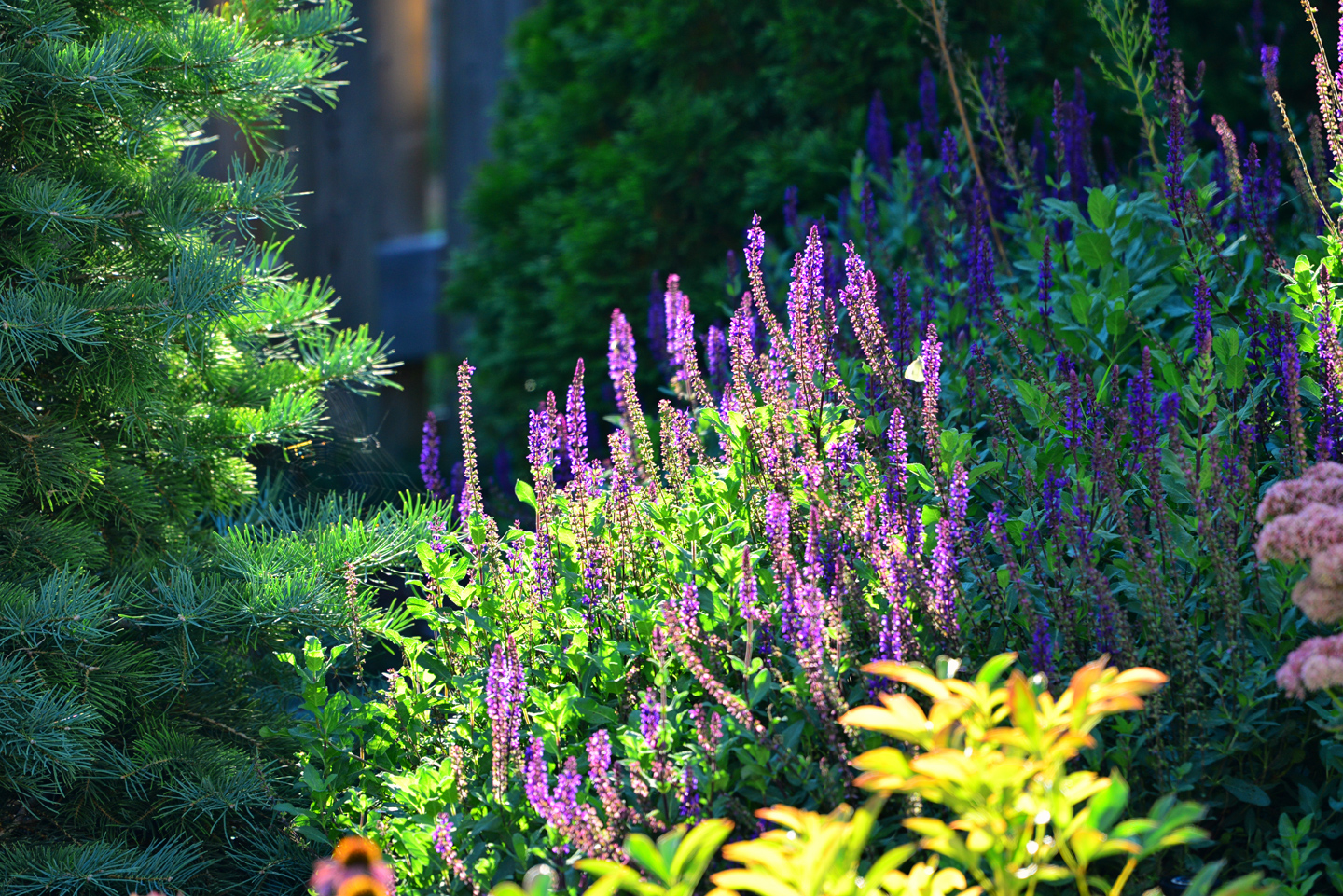 As the month wears on the salvia in our yard attracts all sorts of bees. You can see swarms of them all over the plants, getting what they can before winter hibernation. Then just like that, they’re gone. September begins giving way to October, and it’s time for the next wave of migrants to arrive.
As the month wears on the salvia in our yard attracts all sorts of bees. You can see swarms of them all over the plants, getting what they can before winter hibernation. Then just like that, they’re gone. September begins giving way to October, and it’s time for the next wave of migrants to arrive.



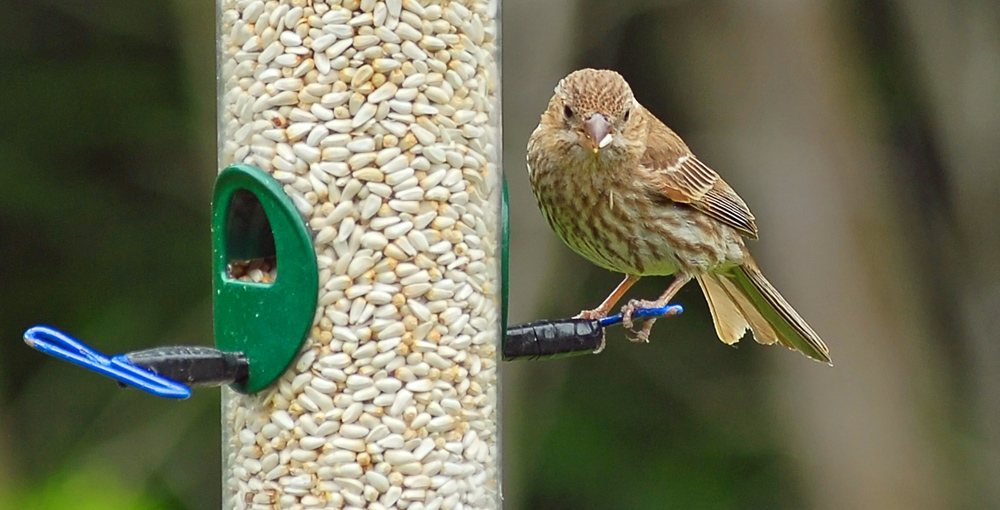
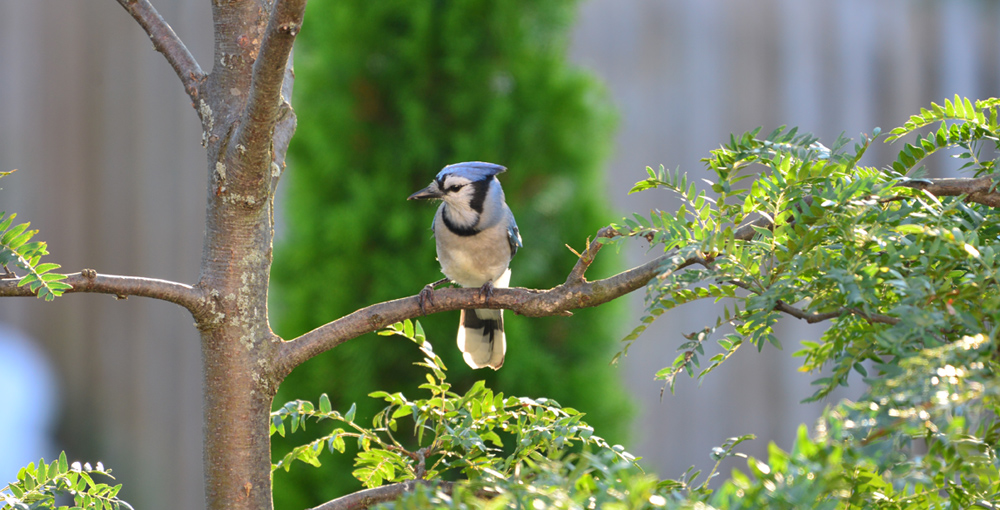
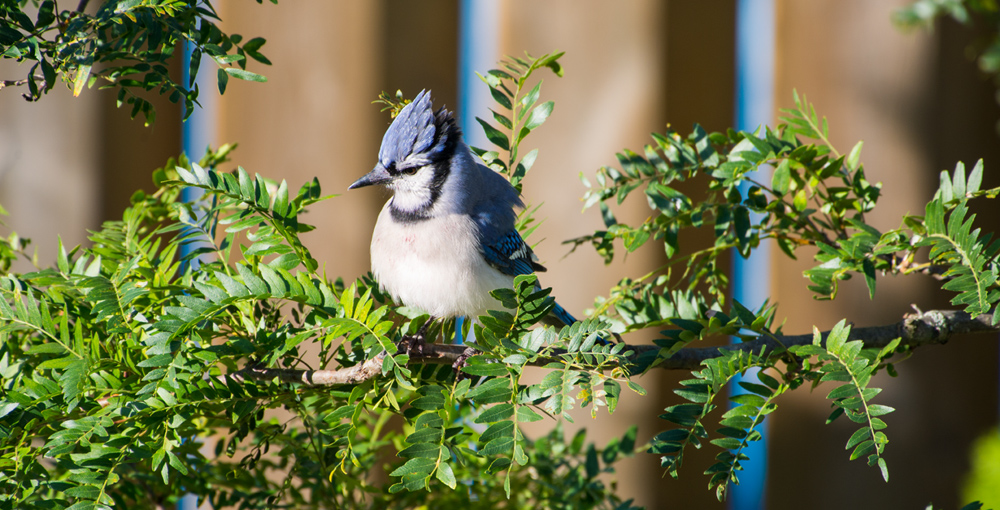
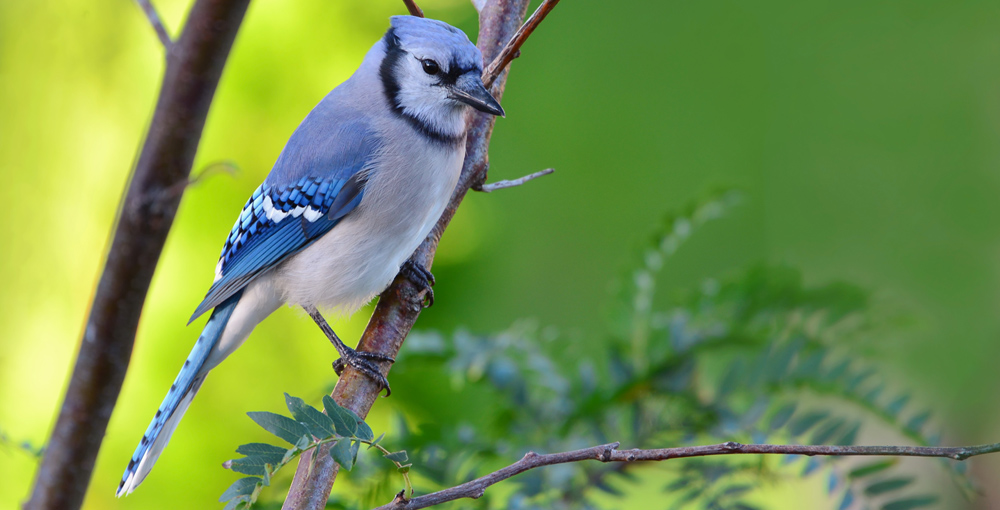
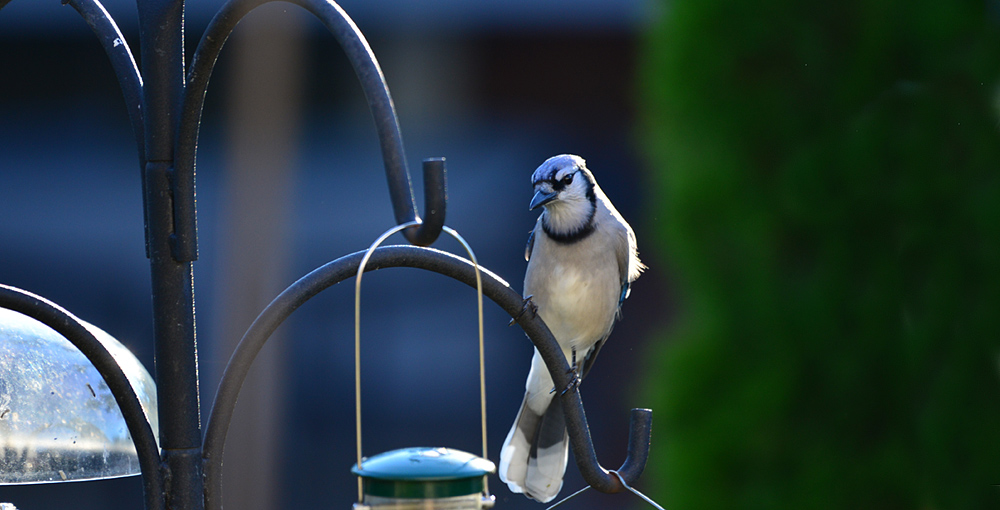
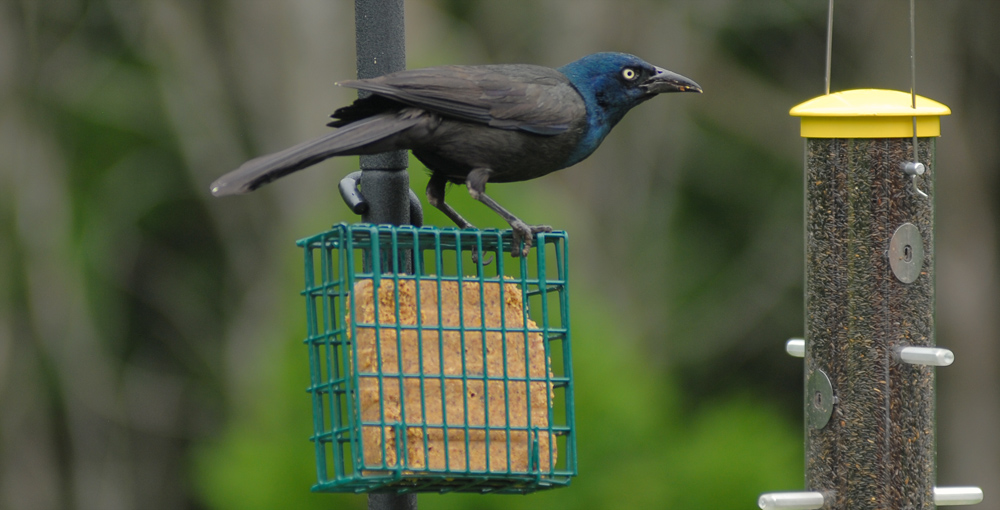
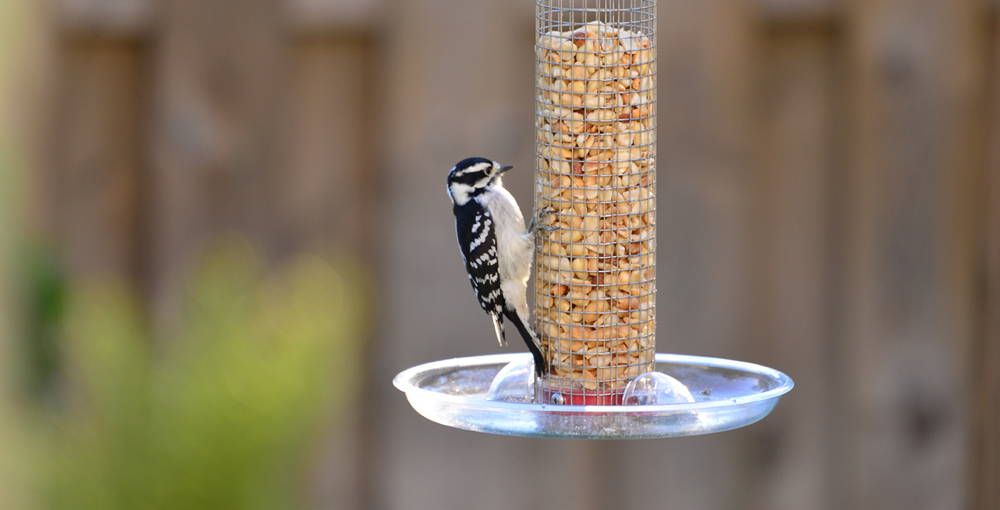
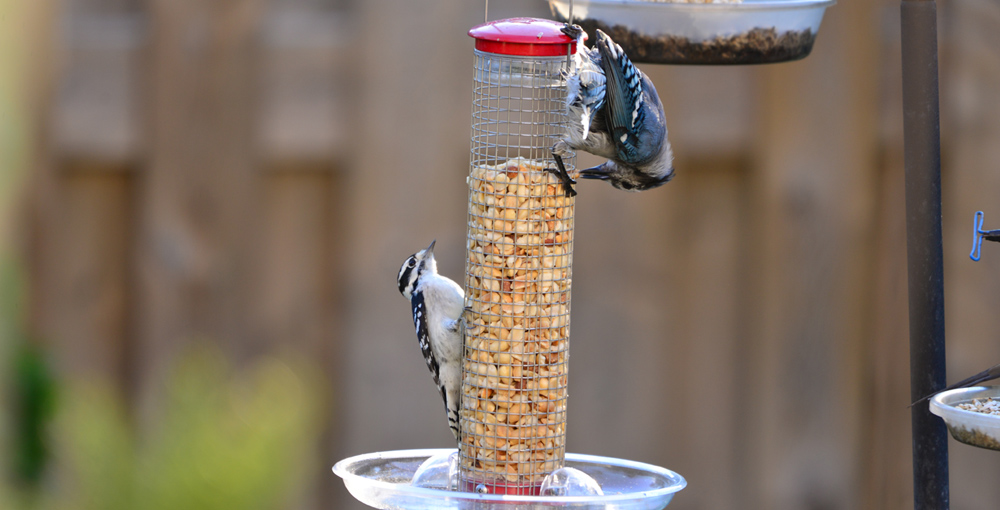
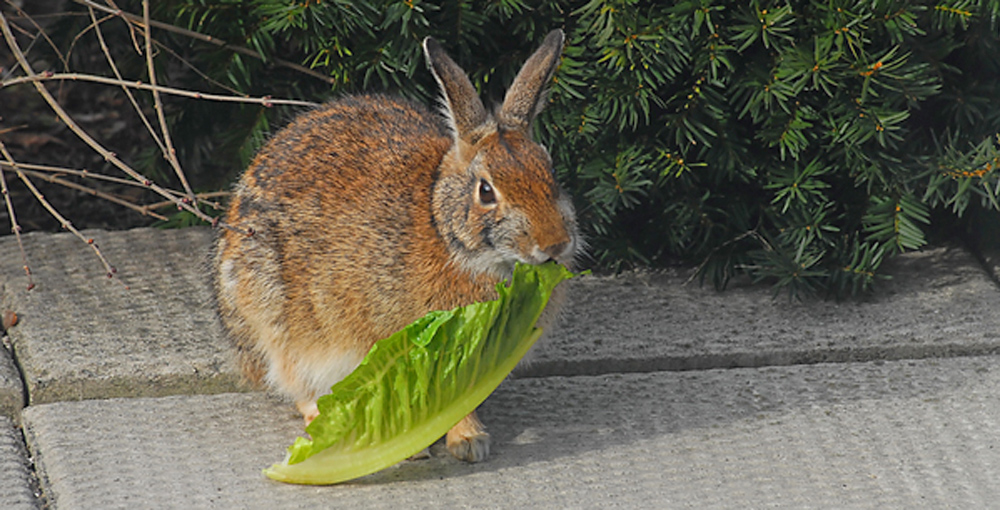
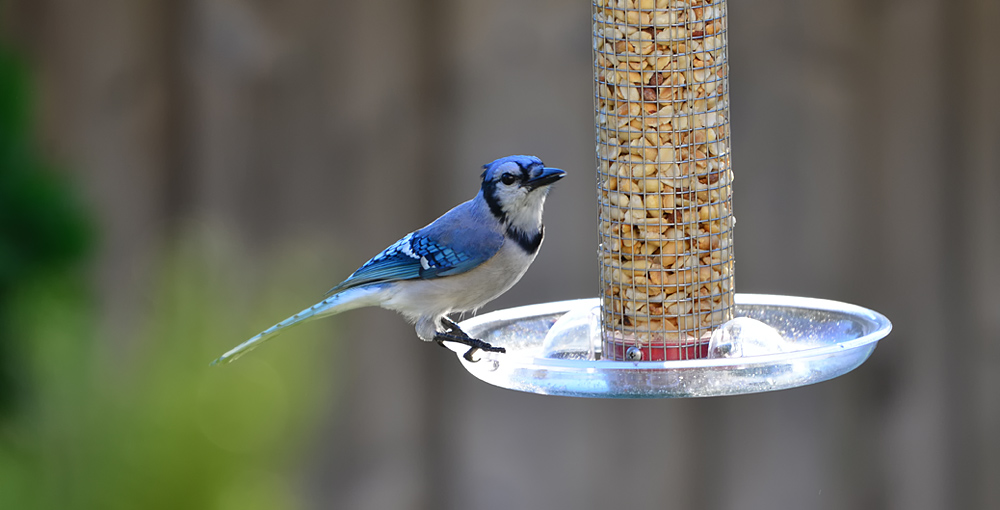
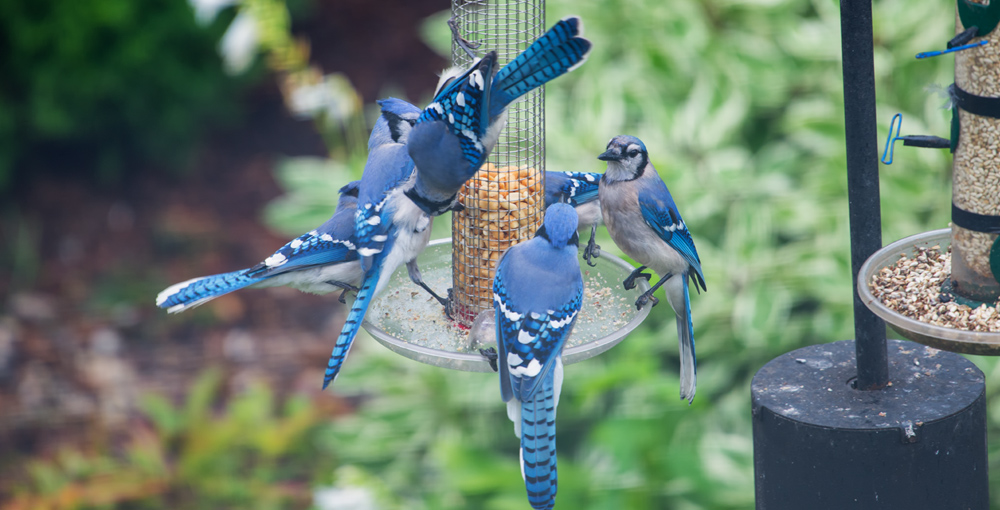
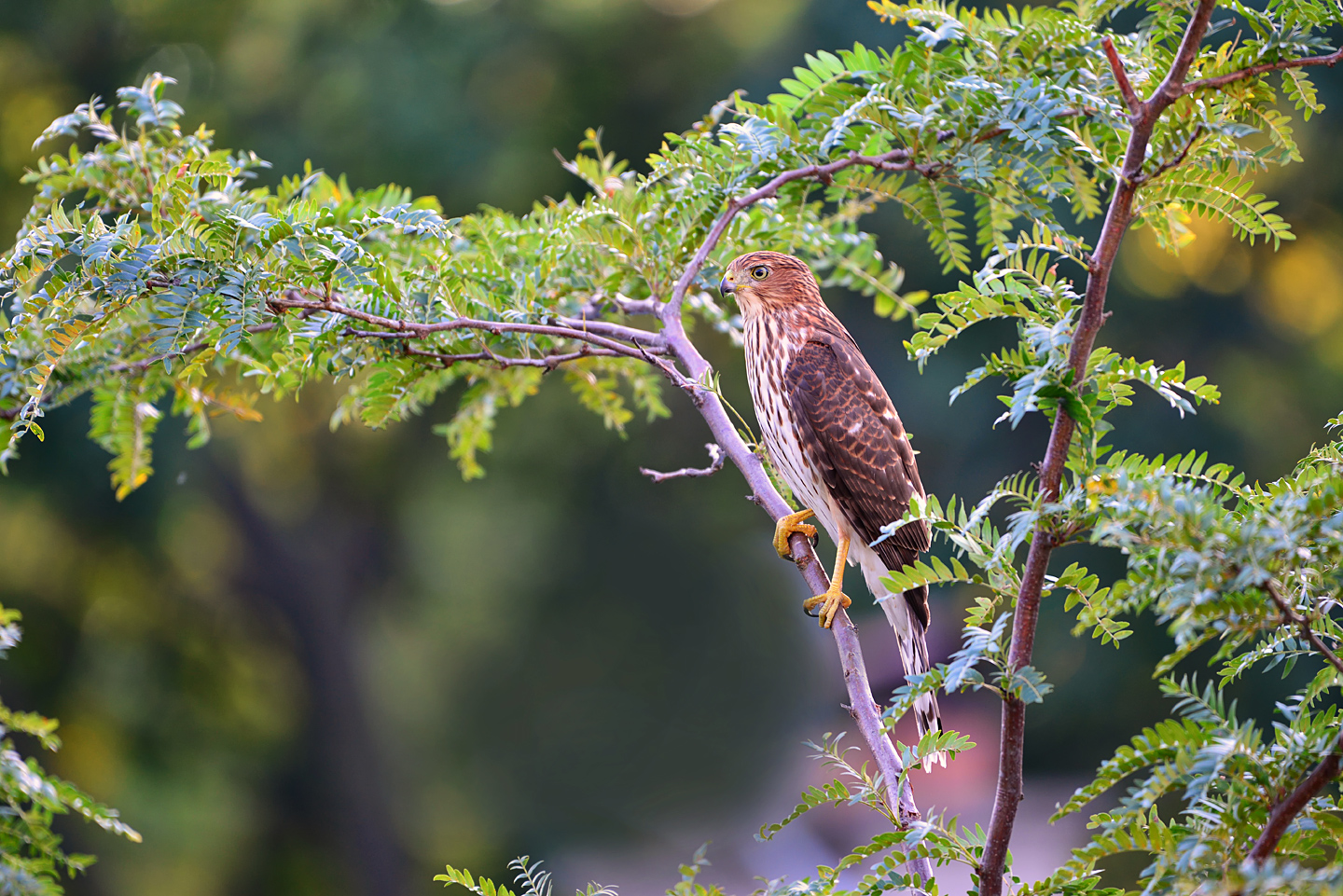
Thanks for the kind words! The Blue jays ate always a big hit around here. They’re so demanding! I love their attitude!
Craig
Pingback: OTR Links 09/15/2017 – doug — off the record
Thanks for the commentary along with pictures. We also see these birds changing their habits at the feeders, but never 22 blue jays! Wow. We have two at most together on the platform feeder. We may see more as we put out the peanuts this fall.
Thank you, Craig. Enjoyable reading and good information.